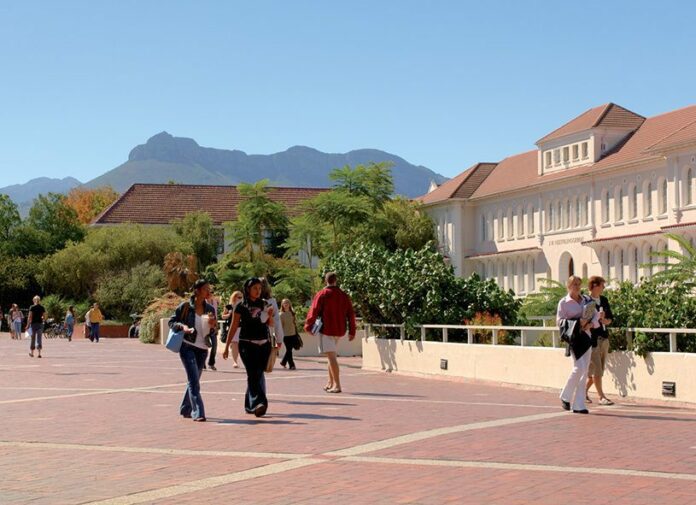Shortage of technicians, other staff worrying
A study by the Human Sciences Research Council (HSRC) and Statistics SA (Stats SA) has showed that spending on research and development (R&D) in South Africa continues to increase, albeit at a slower rate than before. This was the key finding of the 2017/18 National Research and Experimental Development
Survey.
Conducted annually on behalf of the Department of Science and Innovation (DSI), the survey provides statistics on the country’s performance in terms of key indicators of R&D expenditure, investment and human resources.
It is undertaken by the Centre for Science, Technology and Innovation Indicators (CeSTII), which is located within the HSRC, with support from Stats SA.
The country’s gross expenditure on research and development (GERD) amounted to R38.725-billion at current rand values in 2017/18, translating to a nominal 8.5% increase over the R35.693-billion recorded in 2016/17.
South Africa’s higher education sector spent R13-billion on research in the 2017/18 financial year compared to R11.6-billion in the previous year.
The country’s universities accounted for R11.9-billion of the outlay spent on R&D in the period under review, while universities of science and technology spent R1-billion.
HSRC and Stats SA said the headcount of R&D personnel in the country increased by 4 233 to 84 262 in 2017/18, from 80 029 reported R&D personnel in 2016/17.
“There is concern over the headcounts of technicians and other R&D staff, which have remained constant at around 11 300 and 11 600 respectively since 2012/13. The number of technicians, in particular, needs to expand given the requirements of the fourth industrial revolution,” the two organisations said.
With regard to sources of funding for R&D, the government continued to be the largest, contributing 46.7% of total investment in 2017/18, a trend that started in 2007/08.
The business sector is now in second place, contributing 41.5% of the country’s gross expenditure on research and development.
Foreign sources provided 10.2%, with other local sources accounting for 1.6% of GERD.
The government in March recommitted itself to the target of increasing the intensity of R&D investment in the economy so that GERD reaches 1.5% of gross domestic product the next decade, and an aspirational 2% a decade later.
By Kabelo Khumalo



